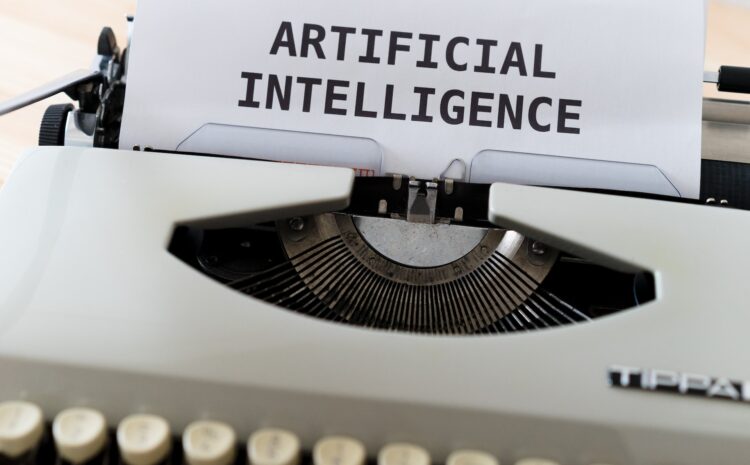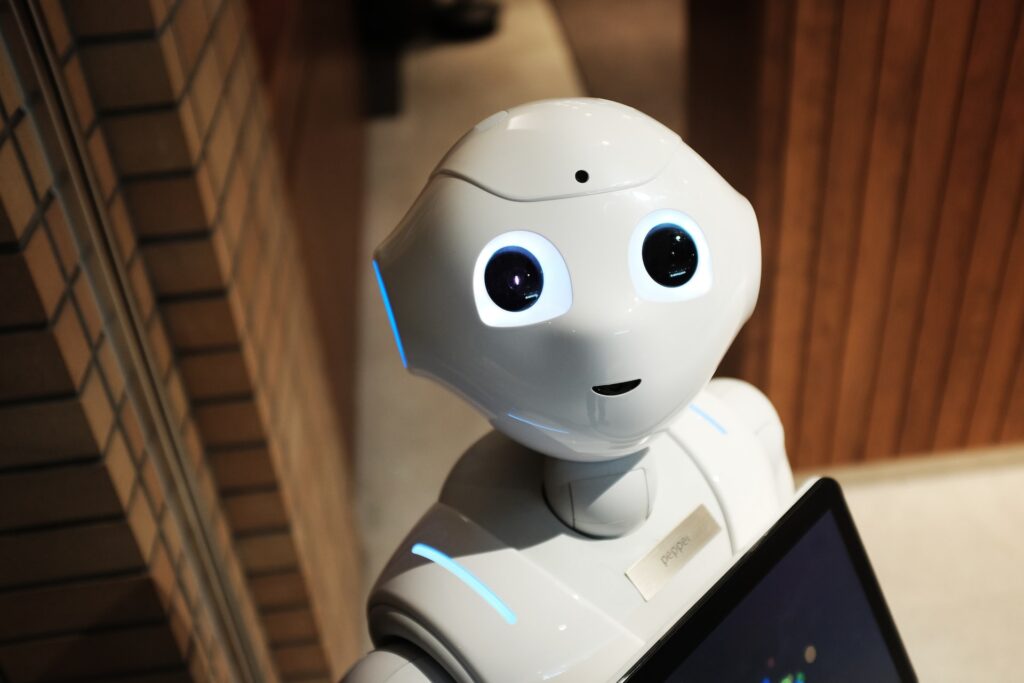Leveraging AI in IoT Software Development: Advancements, Applications, and Challenges

The Internet of Things (IoT) has altered the manner in which gadgets and frameworks connect with one another, furnishing us with constant information that can be utilized to drive shrewd navigation. As the IoT proceeds to develop and develop, the reconciliation of artificial intelligence (computer based intelligence) has arisen as a distinct advantage for custom IoT software development. Artificial intelligence controlled IoT applications can gain from the huge measures of information produced by IoT gadgets, make expectations, and independently make moves in view of the information. This blend of artificial intelligence and IoT has opened up a universe of opportunities for organizations, permitting them to extricate experiences and streamline tasks in manners that were beforehand unthinkable.
The progressions in AI and IoT have led to a large number of utilizations, like smart HVAC systems in buildings, autonomous cars, and intelligent devices, to give some examples. With the assistance of AI intelligence, IoT gadgets can distinguish examples and oddities in information, recognize likely issues before they happen, and even propose answers to moderate them. IoT gadgets can likewise assist organizations with enhancing asset use, reduce time spent on tasks, and work on general effectiveness.
Yet, usage of AI in custom IoT software development is accompanied by its portion of difficulties. From guaranteeing information protection and security to creating strong calculations that can deal with the intricacies of IoT information, there are a few obstacles that should be defeated to understand the capability of the new technology in IoT completely. In this article, we will dwell on the headways, applications, and difficulties of applying artificial intelligence in IoT development, and examine the prescribed procedures for building powerful AI- fueled IoT applications.
Advancements in AI and IoT
Whenever a new technology appears, businesses tend to postpone its implementation. They don’t always see the prospects and wait for others to try it out. However, the AI capabilities that we have discovered so far, prove that by delaying the innovation and digitalization of your business, you lose competitive advantage. Meanwhile, those who set their mind on digitilizaing and modernizing the legacy systems saw the fruits of their investments. AI enables IoT sensors to do more than tracking and tracing. It turned them into real sources of information that stream non-stop. What happens next? More advancements, more features, and more creative ways to drive ROI and move ahead of the competition.

Common applications of AI in IoT software development
AI-based IoT applications have a broad range of applications across industries. Some bright examples include:
- Predictive Maintenance: By leveraging AI algorithms, IoT gadgets can anticipate when upkeep is required, diminishing margin time and expanding efficiency.
- Smart Homes: IoT devices equipped with AI algorithms can learn and adapt to user behavior, naturally changing temperature, lighting, and different settings to establish an agreeable and energy-proficient climate.
- Autonomous Vehicles: Self-driving cars leverage AI to process data from sensors, cameras, and other IoT devices to make decisions about navigation, road jams, and safe movement.
- Precision Agriculture: AI-powered IoT devices can analyze data from sensors in crops and soil to optimize water usage, fertilization, and other agricultural practices.
What about the challenges?
While the integration of AI and IoT has numerous benefits, there are some challenges that have to be considered. Among them are the following:
- Data Privacy and Security: With the rise in the number of IoT devices and data produced, data privacy and security have become an important concern.
- Algorithm Complexity: Developing AI algorithms that can handle the complexity of IoT data is a significant challenge.
- System Integration: Integrating AI algorithms with existing IoT systems can be complex and require great efforts.
Best Practices for Building AI-Powered IoT Applications
To overcome the challenges of leveraging AI in Logitech software development, it is essential to follow best practices. Here are some best practices:
- Plan and Strategize: Start by defining your goals and objectives, and determine the data you need to achieve them.
- Collect and Manage Data: Collect, manage, and store data from IoT devices in a secure and scalable manner.
- Develop Robust AI Algorithms: Develop algorithms that can handle the complexity of IoT data, and ensure they are scalable and robust.
- Ensure Data Privacy and Security: Implement data privacy and security measures to protect sensitive data from threats.
- Continuous Learning: AI algorithms must be continuously monitored, tested, and updated to ensure they are optimized and provide the best results.
Final Thoughts
The combination of Ai and IoT will change business conduct dramatically. By utilizing AI fueled IoT applications, organizations can advance tasks, lessen expenses, and reach the unprecedented level of efficiency. Although it comes with a price and a fair share of difficulties. To beat these difficulties, it is fundamental to follow best practices for building effective AI controlled IoT applications. With cautious preparation, improvement of AI calculations, and execution of information protection and safety efforts, organizations can open the maximum capacity of these innovations.